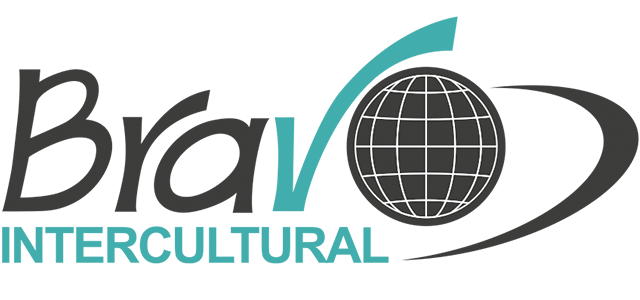Capillaries, an essential component of the optiheart gel blood circulation system, play a crucial function in lugging deoxygenated blood back to the heart. These fragile vessels are a complicated network that extends throughout the human body, ensuring the continuous flow of blood to every organ and tissue. While the precise number of veins in the body might differ from person to person, this article will certainly discover the principal blood vessels and also their functions, shedding light on the exceptional complexities of our vascular system.
The Duty of Capillaries in Circulation
Blood vessels are blood vessels that move blood from various locations of the body in the direction of the heart. Unlike arteries, which carry oxygenated blood far from the heart, blood vessels largely lug deoxygenated blood, although there are exemptions. The return of deoxygenated blood to the heart is a vital part of the circulatory process, making certain that the blood can be reoxygenated by the lungs before being pumped back out to the body.
Blood vessels operate in consistency with arteries depanten gel and veins to ensure continuous blood flow. Arteries deliver oxygen-rich blood to the body organs as well as tissues, and also as this blood is made use of, blood vessels gather the deoxygenated blood and return it to the heart for purification. The intricate system of capillaries ensures that every part of the body obtains the needed nutrients and also oxygen for optimal performance.
While arteries are known for their thick and muscle walls, blood vessels have thinner wall surfaces, often furnished with valves that protect against the backflow of blood. These shutoffs ensure that blood relocate the correct instructions and protect against pooling or blockage. Due to their thinner walls, capillaries can increase and fit larger volumes of blood, making them much more adaptable than arteries.
- Superior Vena Cava: This is one of the main veins in charge of returning deoxygenated blood from the upper body to the heart. It receives blood from the head, neck, arms, and top breast.
- Inferior Vena Cava: The substandard vena cava is the biggest blood vessel in the body and carries deoxygenated blood from the reduced body to the heart. It accumulates blood from the abdomen, hips, and also legs.
- Pulmonary Blood vessels: Unlike various other blood vessels, lung capillaries lug oxygenated blood. These blood vessels transportation blood from the lungs back to the heart, especially to the left atrium.
- Website Capillary: The portal blood vessel is a vital capillary that brings nutrient-rich blood from the digestive system organs to the liver.
- Renal Veins: These blood vessels lug deoxygenated blood from the kidneys to the substandard vena cava.
The Network of Peripheral Capillaries
In addition to the principal blood vessels pointed out over, the body makes up a comprehensive network of peripheral capillaries that branch out to different body organs and tissues. These peripheral capillaries play a critical function in ensuring appropriate blood supply throughout the body.
The veins in the arms and also hands consist of the basilic vein, cephalic vein, and radial and also ulnar blood vessels. These capillaries accumulate deoxygenated blood from the upper extremities as well as transport it back to the heart. Similarly, the blood vessels in the legs and feet, such as the wonderful saphenous blood vessel, small saphenous blood vessel, and popliteal capillary, drainpipe deoxygenated blood from the reduced extremities and return it to the heart.
- Deep Blood vessels: Deep veins run along with significant arteries and are responsible for transporting most of blood back to the heart. Instances include the femoral veins in the thighs as well as the popliteal blood vessels behind the knees.
- Surface Blood vessels: Shallow capillaries exist closer to the surface area of the skin and also show up in some people. They include capillaries such as the saphenous capillaries in the legs.
Each organ and tissue in the human body has a particular network of veins that ensures adequate blood supply. For example, the heart has its own network of coronary blood vessels, while the liver has the hepatic blood vessels. These specialized veins play an essential role in keeping the functionality of their respective body organs.
The Intricacy of the Venous System
Comprehending the variety of capillaries in the human body is a difficulty as a result of the intricacy as well as variability of the vascular system. The body’s venous network is highly interconnected and continuously adjusting to fulfill the transforming demands of various tissues.
The precise matter of veins can vary from a single person to one more, yet it is approximated that the human body consists of 10s of thousands of capillaries. Furthermore, the capillaries themselves have different dimensions, from large capillaries like the superior vena cava to little capillary blood vessels that attach arterioles as well as venules.
The intricate nature of the venous system highlights the importance of maintaining it healthy. Maintaining appropriate hydration, regular exercise, and staying clear of extreme durations of standing or resting can help advertise good venous flow and also stop problems such as varicose blood vessels or deep vein apoplexy.
To conclude, the venous system in the body is a remarkable network that makes sure the continual circulation of deoxygenated blood back to the heart. Making up primary veins like the superior as well as substandard vena cava, as well as outer capillaries throughout the body, this elaborate system permits ideal body organ and also cells function. Recognizing the complicated nature of this vascular network clarifies the value of preserving a healthy and balanced circulatory system.

Leave a Reply